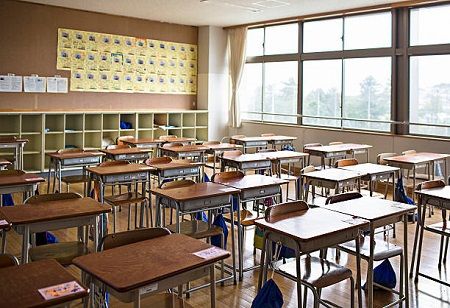In a major shift in educational policy, the Japanese government is about to introduce changes to the high school tuition exemption system from 2025. This reform is intended to ease the fiscal burden on families, particularly those with lesser incomes.
At present, families with incomes below 9.1 million yen per year are granted a public and private high school tuition support of 118,800 yen. For private schools, families with incomes below 5.9 million yen may enjoy up to 396,000 yen in support. From April 2025, however, these income ceilings are being eliminated and public high school tuition will be entirely free.
Private high schools will also experience significant changes; starting in 2026, the government aims to raise the upper limit of support from 396,000 yen to 457,000 yen and also eliminate the limits on income. The action will be anticipated to expand access to educational opportunities for students nationwide.
As per the Ministry of Education, Culture, Sports, Science and Technology's 'FY2023 Survey on Children's Learning Costs,' average expenses at public high schools, apart from tuition fees, are around 300,000 yen annually. This includes several different types of expenditures including entrance fees (7,398 yen), costs of school trips (29,680 yen), textbook costs (37,507 yen), school materials (24,785 yen), and various other fees for extracurricular activities and transportation.
For private high schools, the average educational fees per year, not including tuition, are about 530,000 yen. This consists of comparable fees to those of public schools but with higher total fees, considering the greater financial load families might bear.
Even with the financial assistance, families need to be mindful that not all tuition fees will be paid. For example, if a private school has tuition that is more than the support cap of 457,000 yen, parents will have to pay the difference. Some private schools currently charge tuition fees of 600,000 yen or higher, which might still leave families with considerable out-of-pocket expenses.
Once the reforms are in effect, the government expects the shifts to improve family choices in education. Eliminating income limits should entice more students to view private schools as an option, as these institutions tend to have various environments and learning opportunities than public schools. This may create a more varied school landscape as families make their choices.
Kohei Sasai, head of the Kyoto Prefectural Private Junior and Senior High School Association, was upbeat about the move by the government. He added that expanding education options for families is a welcome development for private schools, as they can broaden their offerings and enroll more students. He said, "The expansion of options at the time of high school entrance is a good opportunity for private schools to reflect their educational philosophies and improve their learning environments."
But there are issues about the application of free-tuition policies, especially concerning the cap system in Osaka Prefecture, which imposes a ceiling on public subsidies for tuition. The Kyoto Prefectural Private Junior and Senior High School Association has objected to this cap, claiming that it would jeopardize the financial sustainability of private schools and restrict their capacity to deliver quality education.
The changes to the tuition exemption policy that are set to take place have seen debate among educators, policymakers, and families. With the 2025 academic year looming, many are looking forward to learning how these reforms will take place and how they will affect the educational system in Japan.
In summary, the government's initiative to make high school tuition free is a major step towards lessening the cost of education on families. With the elimination of income caps and more assistance for private schools, the reforms will expand educational access and opportunities for students throughout the country.

